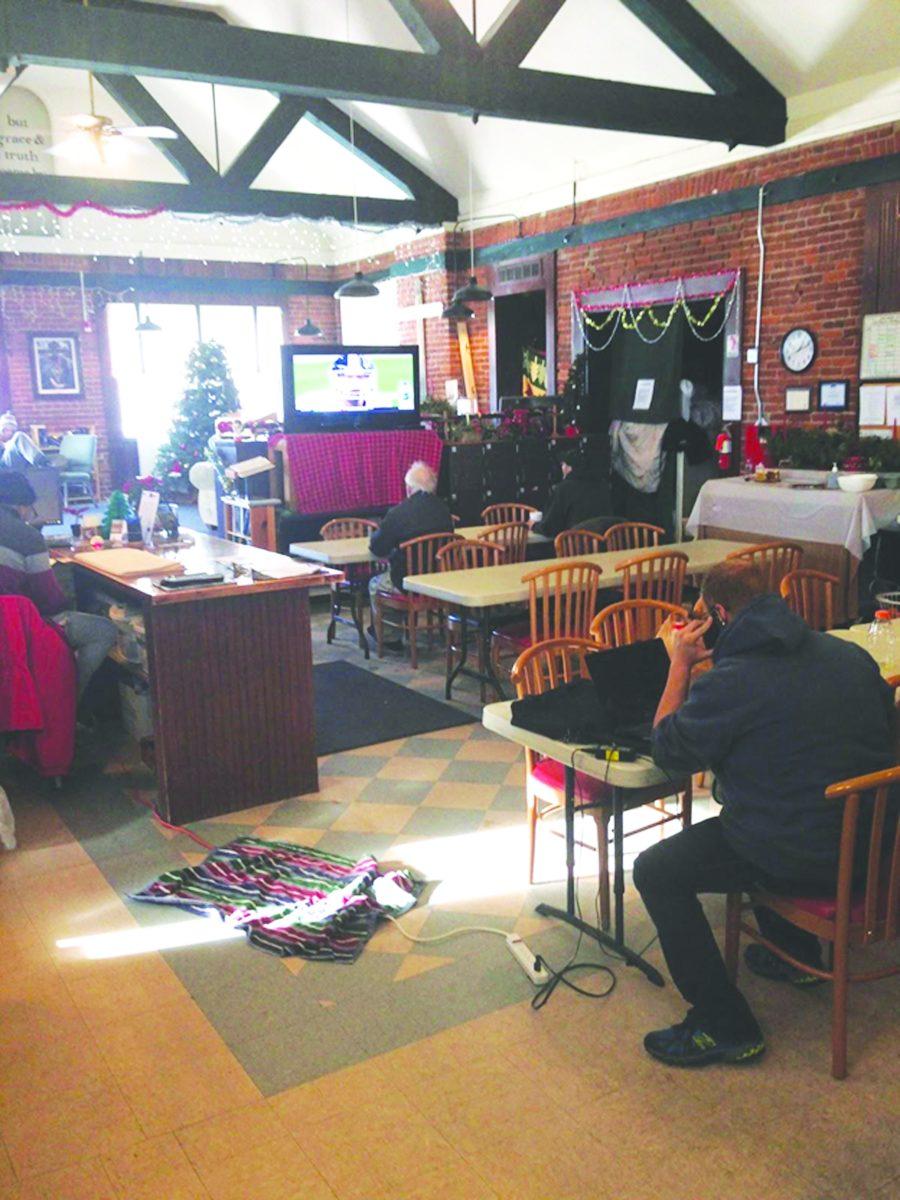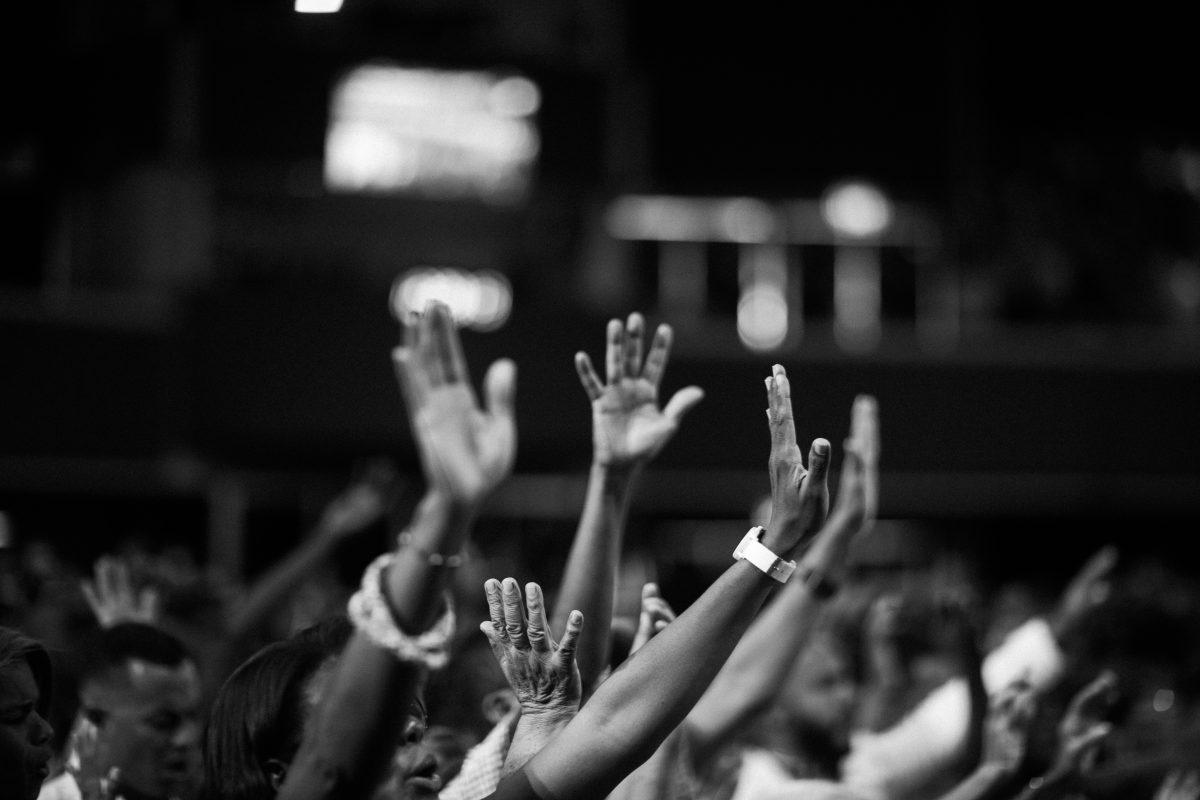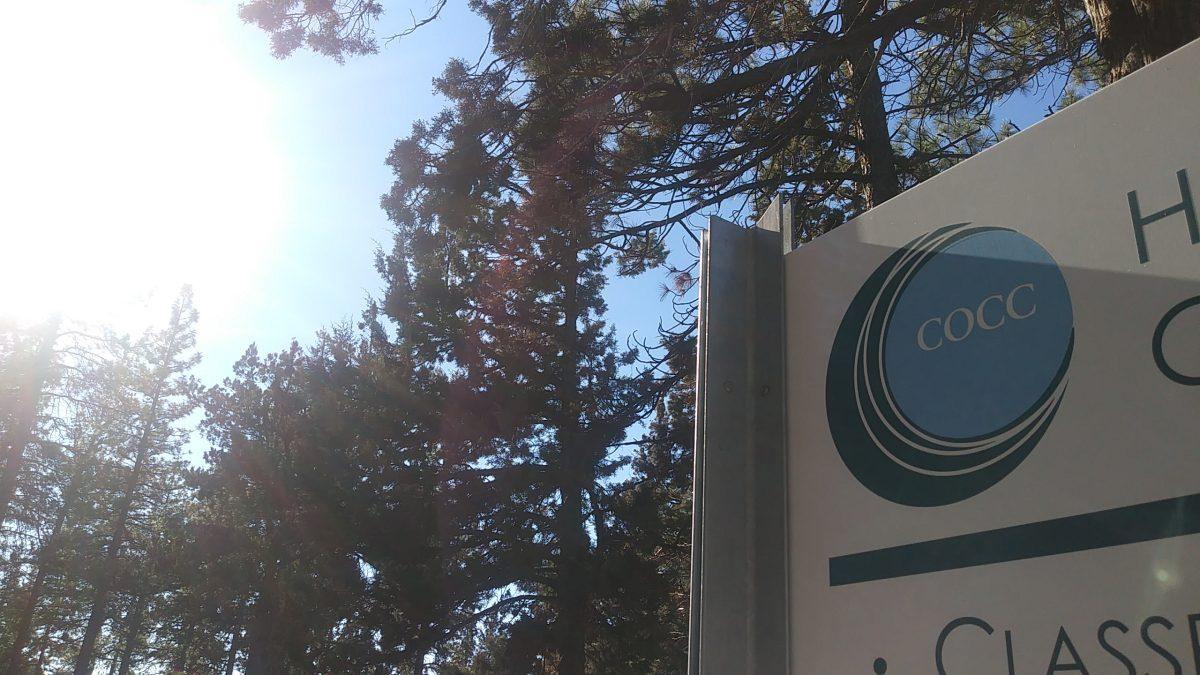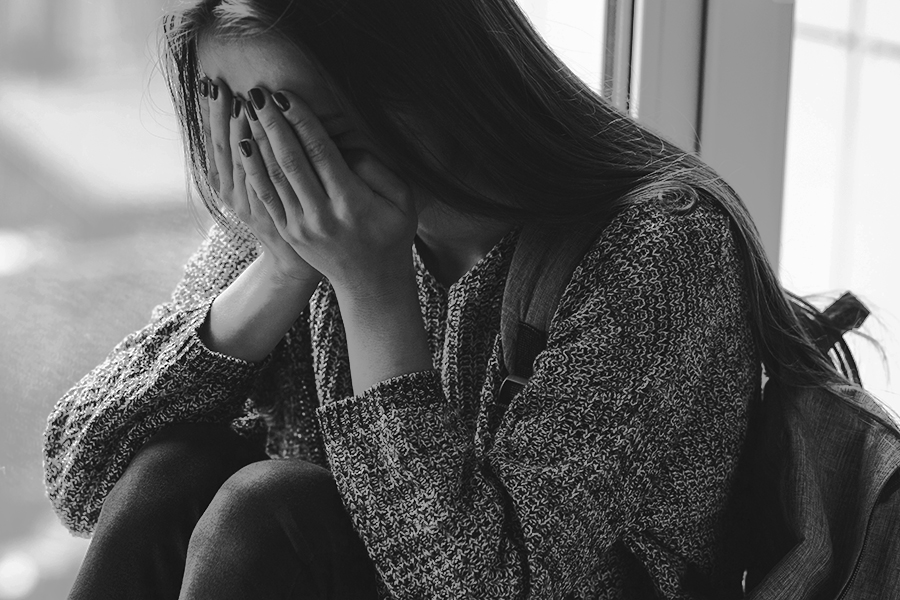With temperatures below freezing, many turn up their thermostats, heaters in cars or buy thermal wear. For the homeless in Bend when the temperatures are in the negative, turning up the thermostat is not an option.
According to the Annual Homeless Assessment Report on a any given night nationwide in January as of 2013, 610,042 people were homeless in the United States. On the state level, according to the AHAR there are 4,828 homeless families in Oregon. This is a decline since 2007 when the homeless families population in Oregon was 7,719 families.
Oregon is one of 36 states where homelessness actually decreased in 2014, according to AHAR.
Regardless of the downward trend, percentages of the population are still homeless in the local area.
“Poverty with a view is how many people describe living Bend,” said Cody Staniford of the Central Oregon Community Outreach.
Organizations like Shepherd’s House, COVO and Bethlehem Inn are a few places offering help for those who are living on the streets or in their cars.
“Food, Mobility and Heat is what most people who drop by are in need of,” said COVO Outreach Program Manager Tim Hasty.
In addition to providing those resources, the organization is dedicated to providing opportunities and support for those seeking help, according to Staniford.
“Some come to [COVO] to receive their mail and socialize. We provide work positions and really try to understand case by case what our vets need” said Staniford.
As of Dec. 24, COVO has supplied 165 people with bus passes, outdoor gear, clothes and food.
The Shepard House in Bend is also dedicated to assisting homeless individuals in surviving the often frigid winter conditions.
“In the Winter an average of 8 people will come in with their mats and sleep in the chapel room, many are stubborn and won’t give up their camp,” said Bart Elliott of the Shepard House of Bend.
In the continental US, according to AHAR 35 percent or 215,344 of homeless people were living in unsheltered locations such as under bridges, in cars, or in abandoned buildings in 2013.
Six days a week Shepherd’s House offers lunch and dinner to visitors, serving an average of ten people for lunch and 30 for dinner.
“This is where people come when they’re broken, recovering drug addicts, alcoholism, gambling,” said Elliot.
Shepherds house offers a 7 month to 2 year recovery program which allows 28 people to live in the house and actively pursue recovery, they must also take random drug test. According to AHAR in 2013, 65 percent or 394,698 people were living in emergency shelters or transitional housing programs. “We have regulars that choose to live outside year round, but they’ll come in when the temperatures get in the low teens, its dangerously cold,” Elliot said.
If someone chooses to remain living outside, COVO offers jackets, tents, food and kerosene when available to help the homeless survive. Shepherds House offers a place to shower between two to four pm, clothes, a place to sleep and lunch and dinner.
D.R Kaufman | The Broadside
(Contact: [email protected])
Items to donateTooth Brush Tooth Paste Dental Floss Bandaids Underwear Neosporin Cortisone Cream Cotton Swabs Listerine Deodorant Razors Nail Clippers Baby Wipes Thick Socks Batteries Feminine hygiene products Anti-diarrhea tablets Tuna Kerosene Crackers Chili |














